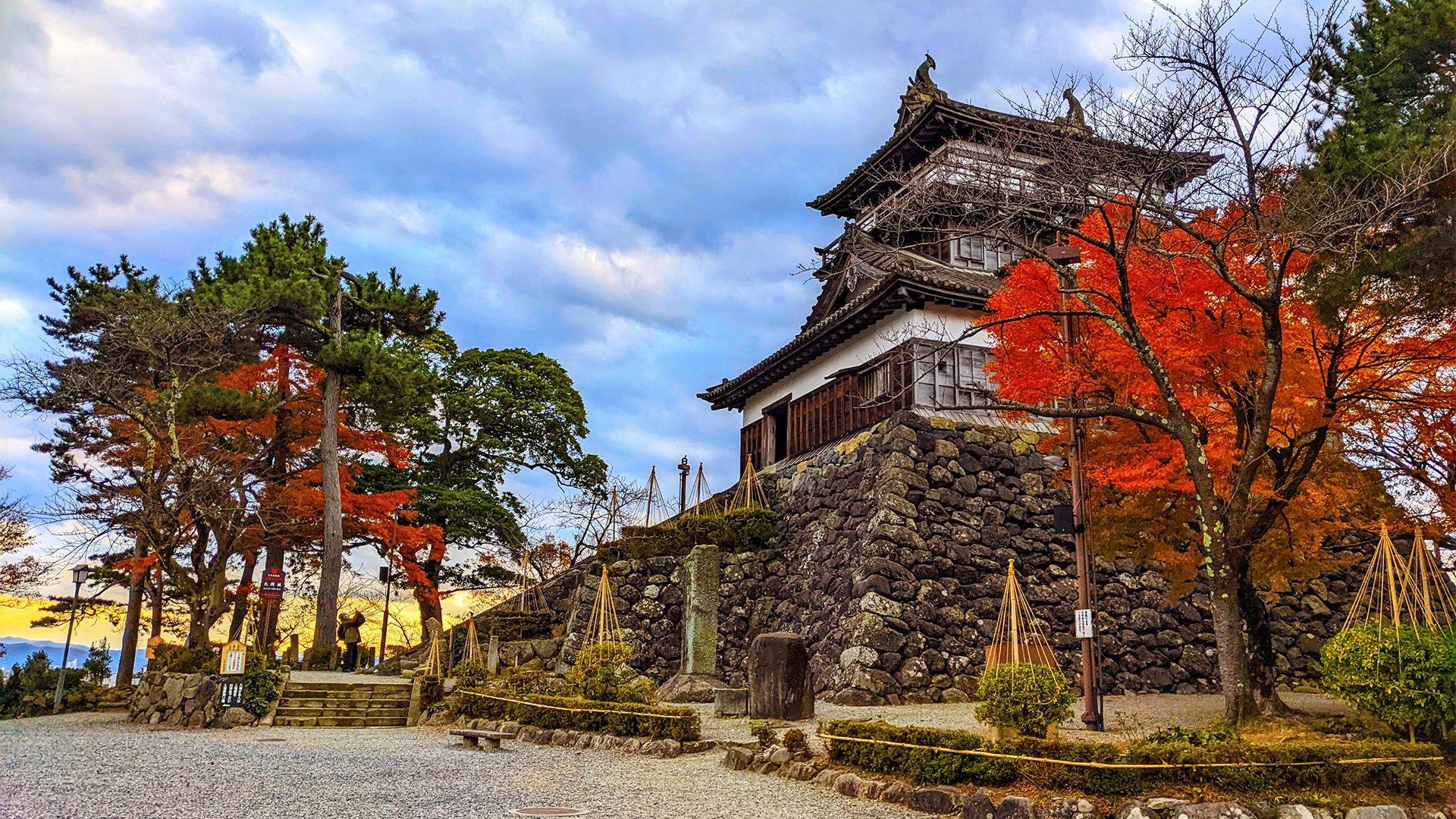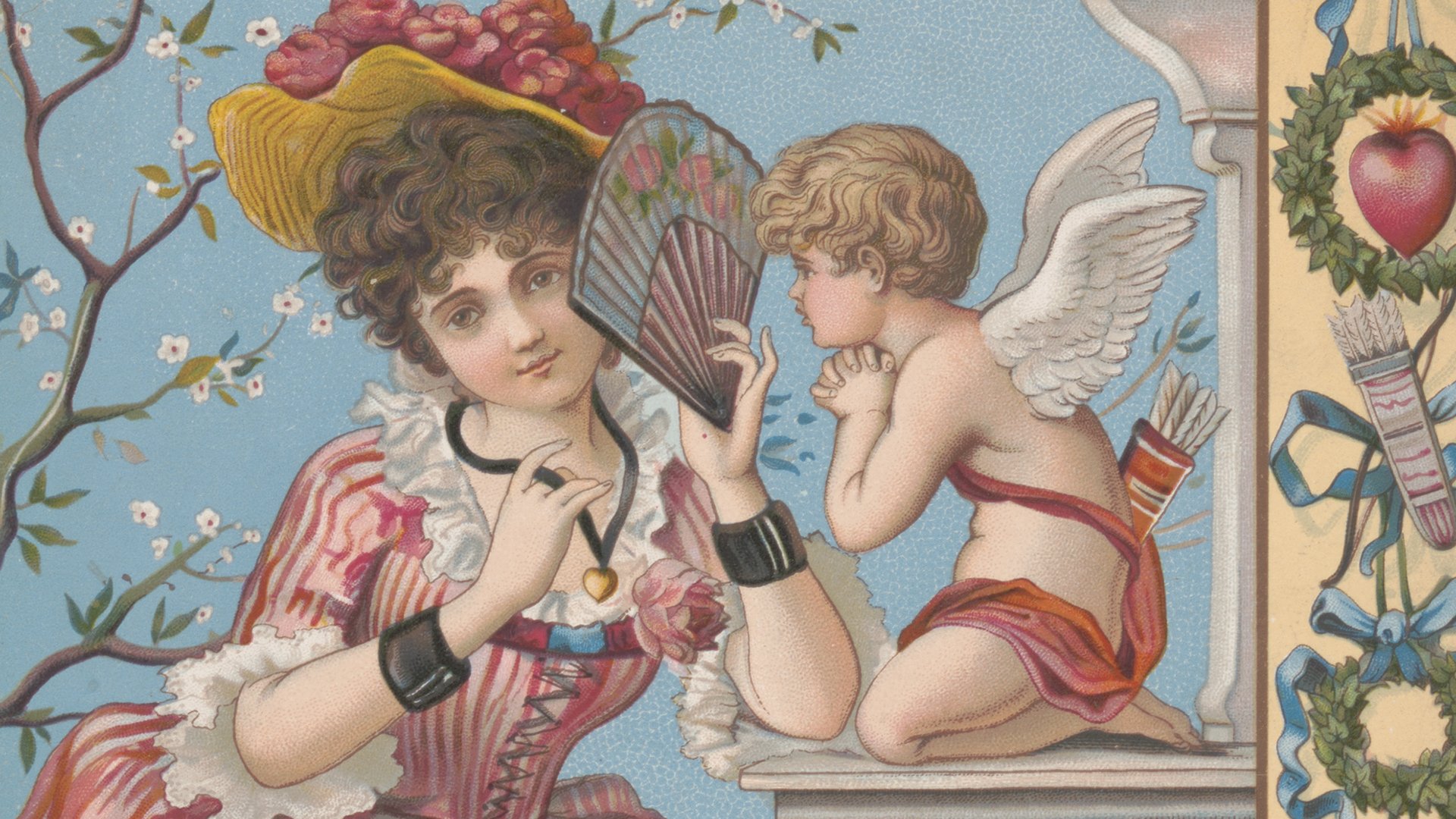Tanabata, Japan's Star Festival of Wishes

A pair of star-crossed lovers are allowed to reunite for one day every summer, granting earthly wishes.
Cover photo: View of Sakaenoyashiro Shrine decorated for Tanabata, in Fukui City, Fukui Prefecture, Japan (2022). Photo by Danny With Love.
Intro
Every year on the seventh day of the seventh month, people across Japan celebrate Tanabata, which commemorates the annual reunion of two celestial lovers. This marks the only day that the separated couple may reunite and grant wishes for others.
Derived from the legend of Qixi, Tanabata is one of Japan’s five traditional festivals originating in China. Also known as the Star Festival (Hoshi Matsuri), Tanabata (七夕) literally translates to “Seventh Evening.”
Princess Orihime is the star Vega of the Lyra constellation and Hikoboshi is the star Altair of the constellation Aquila. Two of the brightest stars in the galaxy, the pair is found in the summer triangle, visible in the northern hemisphere from mid-June to late November.
The romantic tale recounts the all-consuming passion shared by the weaver Princess Orihime and cattle herder Hikoboshi which provokes Emperor Tentei to separate the two, emphasizing the Confucian ideal of duty over love.
Tale
Princess Orihime was a talented weaver who dedicated her life to creating beautiful clothes for her father Tentei, Emperor of the Heavens.
Sensing that his daughter was lonely, the Emperor introduced Orihime to Hikoboshi, an equally hardworking cow herder. The two fell instantly and passionately in love, spending every moment together, talking and laughing without break.
They were so devoted to one another that the pair neglected their heavenly duties. Orihime forgot how to weave, allowing her loom to gather dust, and Hikoboshi let his cattle wander about the skies and starve.
Finally, Emperor Tentei became so angry that he banished Hikoboshi to the other side of the galaxy. However, Tentei promised that if the two worked diligently throughout the year, he would allow them to meet on the seventh night of the seventh month.
Upon the fated night the couple realized there was no way across the Heavenly River, rendering their reunion impossible. Orihime’s tears summoned a flock of magpies which overlapped their wings to form a bridge, allowing the two to meet.
It is said that the magpies will only return during good weather, so Japanese people pray for clear skies on Tanabata, permitting Orihime and Hikoboshi to safely reunite and fulfill the wishes of others.
Decorations
Leading up to Tanabata, fresh bamboo stalks are placed in public places such as train stations, shopping malls, and schools, as well as in private homes. The stalks are decorated with nanatsu kazari, seven auspicious hand-made ornaments, each with their own significance. These crafts are hung from the bamboo stalks, pointing high into the heavens.
Tanazaku is the most popular decoration, long strips of paper on which people write their hopes and dreams. The papers sway beautifully in the wind, sending the wishes up to the stars above.
Nanatsu kazari (seven crafts):
Tanzaku (paper strips) for written wishes
Kinchaku (paper purse) for financial and business success
Kamigoromo (origami kimono) for protection against disease and disaster
Toami (paper fishnet) for good harvest
Orizuru (origami cranes) for safety and longevity
Kuzukago (paper trash net) for cleanliness and thriftiness
Fukinagashi (streamers) for improvement in the arts and weaving
History
The Star Festival is derived from the Chinese legend of Qixi, imported by Empress Koken, the 46th monarch of Japan, around the year 755, growing into a major festival by the late Edo period.
The event was originally called Kikkoden (The Festival to Plead for Skills) but it merged with a similar festival known as Tanabata, dedicated to a maiden who creates special garment offerings to the gods for good harvest.
Originally, girls prayed for sewing talent while boys wished for better penmanship and writing ability. Today, the festival is no longer gendered. Schoolchildren tend to ask for academic or athletic success — while adults focus on their career — but general wishes are popular as well.
During a Tanabata exercise at my visiting school, several junior-high students wished for skills in dancing, drawing, and even English! Many hoped for some variation of “a good year,” “cozy days,” and “a happy life.” A few asked for a boyfriend or girlfriend, and one young boy wrote, “I wish that COVID-19 will go away.”
Celebrations
To commemorate Tanabata, a variety of events take place across Japan. Each region has its own traditions, including light displays, fireworks, parades, dances, songs, and — of course — street food. The most famous Tanabata festival is held in the city of Sendai, from the 6th to the 8th of August, corresponding to the original date of the lunisolar calendar.
Many annual celebrations remain cancelled this year due to COVID-19, but this has not stopped locals from commemorating the occasion. Upon returning home last night, I came across a mother and her two children gazing up at the sky together in wonder.













